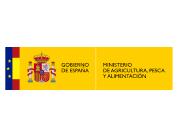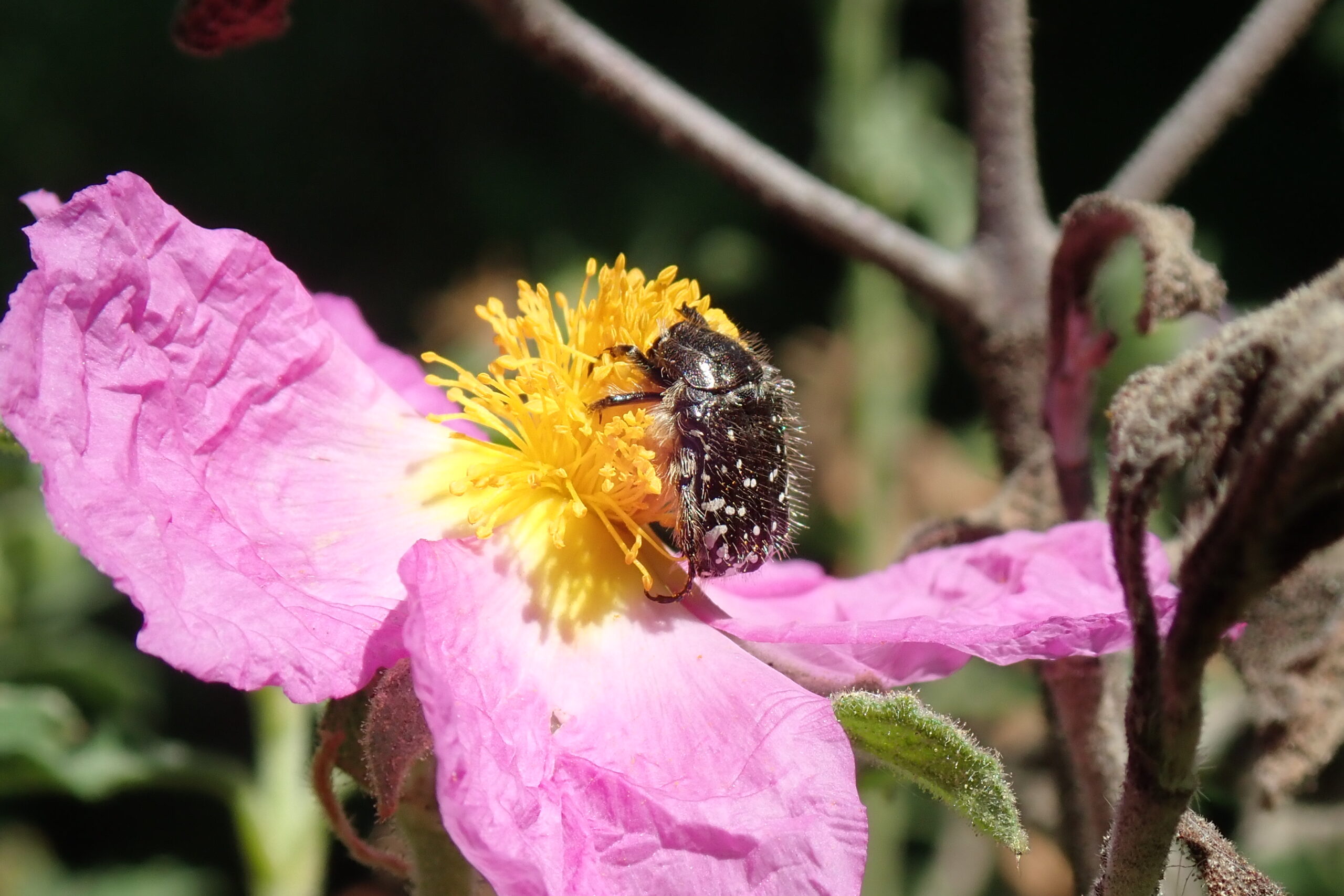Bases for the conservation of the Cartagena rockrose (Cistus heterophyllus subsp. carthaginensis).
MITECO
Cartagena rockrose (Cistus heterophyllus subsp. carthaginensis) is a plant species included in the Catalog Spanish Catalog of Species Threatened Species with the category of “In danger of extinction”.
The improvement of its conservation depends on urgent actions based on sufficient knowledge of the biology and genetic diversity of the species, so that its spontaneous maintenance can be guaranteed once the conservation actions have been overcome, according to the entity. It also poses a challenge in the recovery of species due to their foreseeable genetic impoverishment and the influence of hybridization on their natural populations, which could lead to silent extinction due to irreversible contamination of the genome.
In this context, the actions proposed in this project could be a model for other plant species in a similar situation.
The overall objective of the project has been to provide solutions based on knowledge of the biology, genetic diversity and adaptation to climate change of the Cartagena rockrose (Cistus heterophyllus subsp. carthaginensis) that can guide future actions of the Administrations or citizens.
The specific objectives were as follows:
- Reduce the level of threat to the species.
- To analyze the genetic diversity of the pure populations of the Cartagena rockrose.
- Select pure offspring (no hybridogenic trace of Cistus albidus) to address recovery plans.
- Evaluate the effect of climate change in the early stages of their life cycle.
- Improve the quality of the species’ habitat .
- Involve citizens in the conservation of the species.
- Disseminate the status of the species and the actions developed for its conservation.
- Review the recovery plans for the Cartagena rockrose and increase the information available on the species for the working group and the responsible administrations.
- Creation of a microsatellite library.
- Study of the genetic diversity of 24 individuals of Cartagena rockrose from 4 different populations (2 Valencian, one in Murcia and the fourth in Morocco).
- Location of specific markers for discrimination of pure and hybrid individuals.
- Collection of 10,145 seeds from the populations of the species in Vallona (Valencia) and Cartagena (Murcia). Seeds of Cistus albidus, its main competitor in natural populations, were also collected for use in subsequent studies and to evaluate the competitiveness of both species and the possible influence of the latter on the regression of natural populations of Cartagena rockrose. In addition, morphological studies were carried out on the collected seeds.
- Germination tests of the collected seeds, measuring the degree of response to different temperatures, different gradients of water stress and thermal shock, which simulated, respectively, the different climatic conditions, the response to drought and the response of germination to fire.
- Comparative study of the quality of the seeds of Cistus albidus and Cistus heterophyllus, subjecting them to an artificial aging process.
- Carrying out two experiments for the cultivation of the plants, one through direct seeding and the other by transplanting seedlings from plate to seedbed.
- Pollinator census in the population of Cañada fría (Serra, Valencia).
- Conducting studies on reproductive success in the populations from the Valencian translocation of Cañada fría (Serra) and the natural population and some translocated populations from Llano del Beal (Murcia).
- Habitat improvement actions for the Cañada Fría population and elimination of between 800 and 1,000 individuals of white rockrose and other invasive plants.
- Planting of a new population (43 individuals) of the species in the municipality of Vilamarxant (Valencia), with reinforcement irrigation due to the lack of rainfall during the months of June, July and September.
- Two cleanup and habitat improvement days and two population reinforcement days for the training of volunteers, mainly primary school students. Thus, training and preparation activities were carried out in preparation for the action of population reinforcement, as well as plastic arts, focused on the drawing of the species.
- Incorporation of the 6,914 seeds remaining from germination studies to the collection of the Germplasm Bank of the University of Valencia (UVEG-JBVAL-BG) for long-term conservation.
- Dissemination and communication of the project, through a press release, two articles in the digital magazine “espores.org”, two workshops, etc.
The project has helped to increase knowledge about the Cartagena rockrose, as well as to inform the general public about the existence of this species, its uniqueness and the importance of protecting it. Likewise, research has made it possible to establish medium and long-term protocols for their ex situ cultivation (outside their natural environment), their repopulation and the recovery of their populations.
On the other hand, in the study of genetic diversity, it has been shown that the Valencian population shows a much lower genetic diversity, as was to be expected since they all come from a single individual, with the Murcian population showing the highest values of genetic diversity. In addition, the results obtained allow us to clearly visualize the hybridization process of the species in the Murcia population.
As for the tests on germination conditions, the report presented by the entity corroborates the adaptation of the seeds to the Mediterranean area, stating that the species shows an exceptionally high tolerance to high temperatures, increasing germination and reducing the average germination days. Likewise, the work carried out shows that the seeds show a high germination percentage after being exposed to thermal shocks that simulate the passage of fire (100-105 ºC), which are very common in the Mediterranean area. Finally, with regard to water stress, it has been determined that, within the populations of Cistus heterophyllus studied, the Valencia population is more tolerant and, therefore, more competitive in a situation of water stress.
Furthermore, the experiments for plant cultivation showed that, in general, coconut fiber substrate is the optimal substrate and that, on the other hand, there are different survival rates among the different source populations. In this sense, the Murcia population seems to be the most resistant and, in this case, there is no great difference between the type of substrate used. Likewise, it has been proven that the main pollinator of the species is the honey bee(Apis mellifera).
Finally, the reproductive success study concludes that, in general, the observed fruiting rate is low, even during manual treatments. This may be due to the fact that all plants in the populations studied are derived from a single specimen and genetic variability in the population is minimal, and is compounded by the fact that the species is considered to be fairly self-incompatible. All the data analyzed seem to indicate that pollination is not the limiting factor for these populations. On the other hand, although seed production is low at the population level, as has been observed in germination studies, the seeds have a high viability, so a seed bank is being formed that at the time of finding favorable conditions can begin to form the new generation of individuals.
At the conservation level, it is important to take into account the results observed in Cañada Fría: this population has seen an increase in the number of individuals as a consequence of the translocation, but due to the low fruit production and the null survival rate of the seedlings, 6 years after the translocation, a new generation of individuals produced naturally in the field has not yet been implanted.


Bases for the conservation of the Cartagena rockrose (Cistus heterophyllus subsp. carthaginensis).









 back to search
back to search 